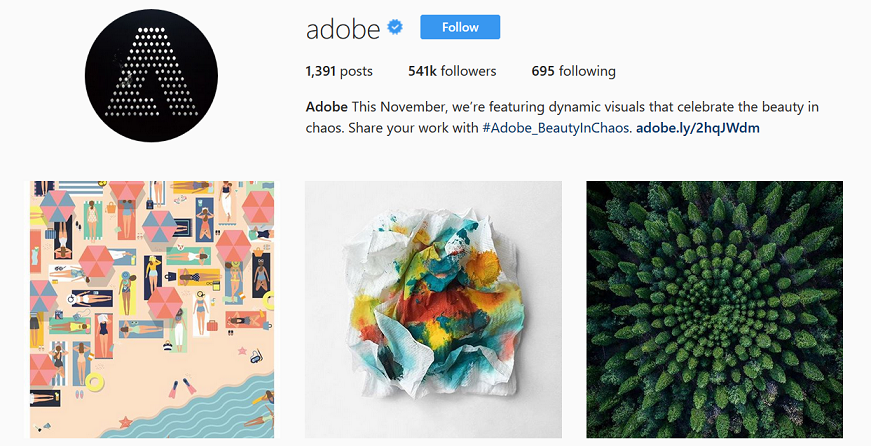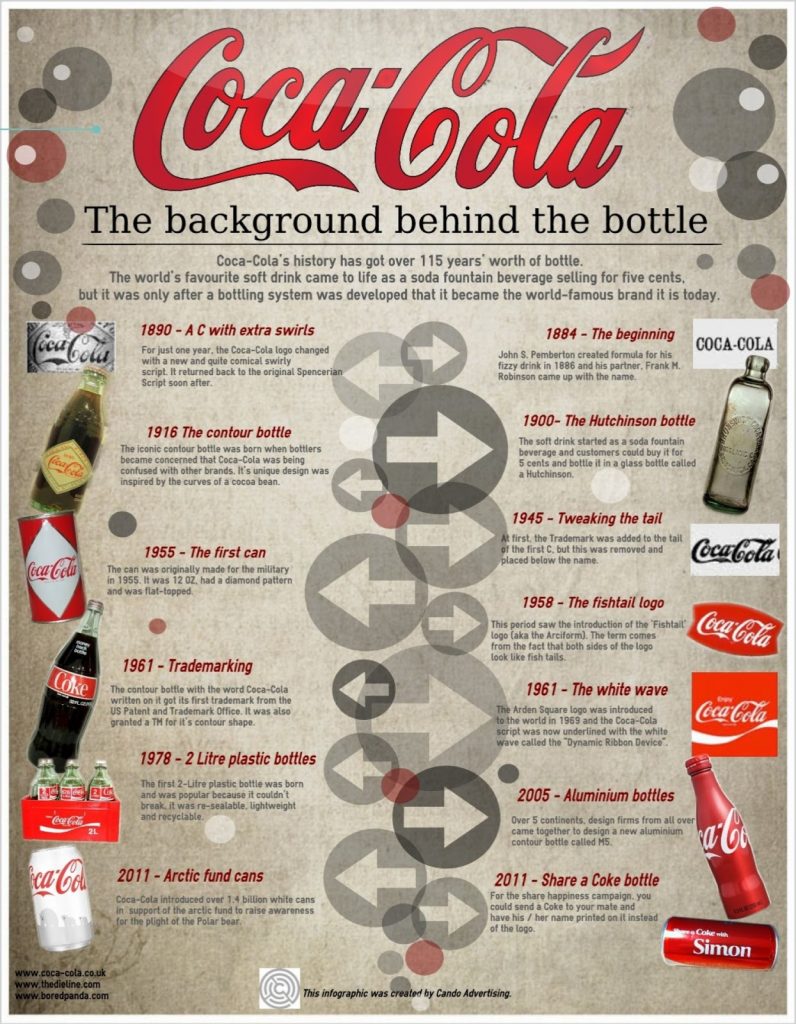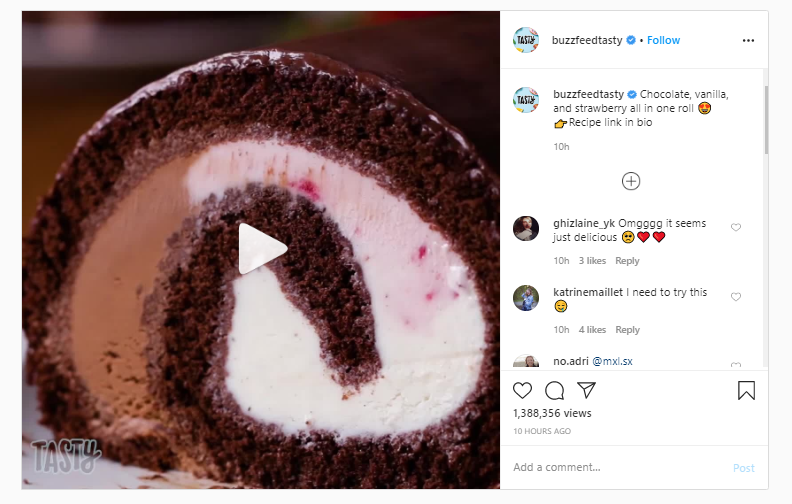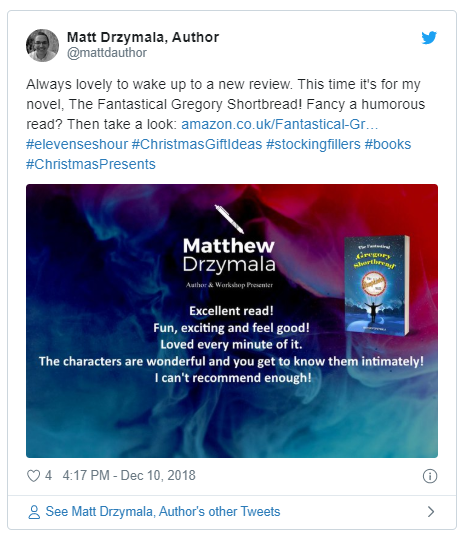Social media is a powerful channel that can be used to boost your business, if used to its advantage. Today, we consume a lot of information online, and with a large portion of our days spent on social media, there’s no doubt that the content put out on social media pages of businesses is of high importance.
Simply having a social media page is not enough. Brands must strive to push for content that is captivating and relevant. They should also leverage technology and great social media management tools like Social Pilot to manage and schedule their content, or they can even use a free social media scheduling tool to their advantage. Here’s a list of the different types of social media content that businesses can post on their social media channels.
1. Your blog and other long-form content
Long form content is just as popular as it ever used to be, if not more. In fact, data shows that it has become more relevant than ever.
Well-researched, quality blog content and long-form articles answer specific queries that users are searching for. Having content that can address certain topics in-depth puts your business on a pedestal, as people would associate you with being a top player in your field.
Of course, users on social media may not have the patience to go over a 1500+ word article. But simply highlighting key insights of your blog and sharing with links can improve the chances of interested readers clicking on your content. Platforms like Instagram also have ‘swipe-up’ links, which makes it easier for users to be redirected to your blog page.
For instance, consider CJ Pony Parts – a Mustang parts seller. This business uses long-form articles and blogs about Mustang parts and general industry topics to keep Mustang enthusiasts engaged with their content. One case in point that captures the value of long-form content is this Mustang parts page, which came first in rankings for its target keyword when long form content was included in the page’s previous copy. By using this strategy, the business has been able to see significant growth in traffic over time.
2. Educational content
If you are seeking to create more than just a ‘read-and-miss’ presence on your social media pages, you should consider adding more educational content. By regularly posting industry updates, you are keeping your audience in the loop with regards to the latest happenings in your industry, and painting your brand as a go-to source for useful information. These updates can range from latest developments, new product launches, introduction of new government policies, and more. Yet another benefit of updating your audience with the latest industry news and tips is that you can capitalize on trending matters, and stand to gain leverage with regard to the larger industry.
Adding educational content in the form of industry updates and trending tips will also boost your posting frequency. A good 60% of marketers create at least one piece of content each day. Consistency will help you gather more leads over time, as compared to posting just once in a week or month.
3. User-Generated Content
Delegating your content marketing responsibilities to an unlikely voice like your customer may seem quite odd. But, statistics show that about 64% of millennials and 53% of the baby boomer generation are looking for more options to share their opinions about brands.
User-generated content allows your audience to feel welcomed and cared-for, while creating more engagement for your brand. When brands repost customer-made content, the user feels appreciated for their efforts and creativity, and they become excited to share their ‘feature’ with their friends and family on social media. Eventually, this creates more buzz around your campaign and more leads in the long-run. User-generated content requires an initial spurt of creativity from your side, and the follow-up work is mostly done by the customers themselves.
For instance, if you are a business that specializes in customized phone cases, you can create a promotional campaign where your customers can share their designs, and the best ones get featured on your phone cases.
A market giant like Coca-Cola, with its ‘Share a Coke’ promotional campaign, saw a 2% increase in U.S. sales, after a decade of declining revenues.
Adobe, a design software company, executed a hashtag campaign on Instagram that drew talented designers to share their artworks using the hashtag #Adobe_BeautyInChaos.
4. Infographics
Infographics have been around for several years now. They are used in the fields of business, education, and even by non-profit ventures. An infographic is a visual representation of complex data, presented in a fun and engaging manner. When you have just started an LLC in Illinois, present your business on social media using inforgraphics, letting your followers know of your aspirations, vision statement and target goals.
Infographics make use of bright colors, captivating images, and quirky fonts to make the content seem more appealing and easier to consume. When it comes to your social media, infographics are easy to share and are more likely to be viewed, especially while people are quickly browsing through their feed. A study also showed that infographics are liked and shared on social media platforms three times more than other types of content.
Luckily, you don’t need a professional to create the type of infographics you need for your business. By using a platform like Venngage, you can gain access to free templates, images, fonts, and icons. You can also choose a suitable style for your infographics from the hundreds of pre-made templates available on their platform. Venngage also has a nice post on website marketing strategy, which is a good read.
A good example – Coca Cola, one of the biggest & most successful brands, demonstrates its product and logo development journey in the above infographic.
5. Videos
Social videos help you generate a buzz around your brand and provide opportunities to take breaks from written content. Videos can also be shared much more easily, allowing you to bring in more viewers from a variety of platforms.
Statistics show that 55% of people watch videos online every day, and social media videos generate up to 1200% more shares than texts and images combined. This conveys a strong message that your audience is more likely to take action after watching a video.
Here are some of the different types of videos that can be shared online by your business:
- Product videos – Videos that show the different features of your product and the benefits of using it. You can also include snippets of how the product works. Follow-up product updates videos are also engaging.
- Explainer videos – These videos show how someone can solve a problem or fix an issue using your product or service.
- Promotional videos – These videos act as a personal invitation to your customers to attend any event or launch for your brand, while also showcasing your brand presence.
- Teaser videos – If you are bent upon promoting a new launch or series, build up to the main event by creating short teaser videos for your social channels. These videos can also contain links that redirect the user to the main page of your product or service.
- Educational videos – These could be advice, DIY guides or concept explainers. This kind of video content helps build brand credibility and also increases engagement.
Make use of creative tools like Instasize and VEED.IO to create engaging and compelling videos for your audience.
This video was published by @buzzfeedtasty on Instagram, which simply shows a recipe of Vanilla Chocolate Strawberry Roll that managed to reach more than 1.3 million people.
TIP: Post your videos directly on Facebook or Twitter rather than giving YouTube links to receive more views and shares.
6. Graphics Interchange Format (GIFs)
It’s always a good idea to add a human element to your brand, and GIFs are a great way to do that. GIFs can be used by brands in multiple ways.
- For starters, you can use their short 2-5 second loop to showcase an interesting feature of your product in a way that static photos can’t.
- You can use GIFs to create step-by-step tutorials, and the constant loop allows people to watch it as many times as they need to completely understand the instructions.
- GIFs can be used in informative articles to add some life and color and to contrast dull statistics.
- GIFs can be the perfect bite-sized teaser to build excitement around an upcoming release.
- Brands on social media stay connected with users by replying to their comments with emojis and short-worded replies. GIFs are a fun way to spruce up your reply game.
Animation not just adds charisma to your content but also showcases your brand personality as someone who is interactive and approachable.
For instance, Huffington Post showed different ways of wearing a scarf through GIFs.
7. Client Feedback
Sharing client feedback allows your brand to come across as trustworthy and relevant. Potential customers would feel safer choosing you over a competitor. People trust other people over brands, and adding in some customer reviews or feedback can make your brand look good and well-appreciated. While posting customer feedback, remember to keep the message short and avoid quoting more than one line of their review.
You can also use images and videos of great reviews to add to your social media page. Simply quote a portion of the review, and add a link to the customer’s personal page, so that people can follow the link if they wish to see more.
Twitter allows you to effortlessly retweet feedback, but on Instagram and Facebook, remember to obtain permission from the person who has posted the review.
When you repost good feedback, don’t forget to thank the customers by tagging them in the post. It would also be helpful to respond to both positive and negative feedback equally, but remember to keep it tasteful.
Matt Drzymala, an author, has taken to his social media pages to repost positive reviews of his latest book. This way, he has managed to encourage other followers to purchase his book for an excellent reading experience.
Customer feedback and reviews form an important part of a sound content marketing strategy.
8. Podcasts
Podcasting has taken the social media world by storm, and several businesses today are choosing to include podcasts as part of their social media marketing strategy. The primary advantage of podcasts is that they provide people with information that can be consumed on-the-go. A lot of your potential customers may not have the time or patience to go over a lengthy, detailed article in one sitting. But podcasting gives them the opportunity to actively listen to the information you are providing, even while they are occupied with something else.
9. Live Videos
An interesting study estimated that by the end of 2020, live streaming would account for about 82% of all internet traffic.
Audiences have always been intrigued by the live telecasting of events. When you take this real-time interaction to social media, you’ll find that it adds an element of authenticity to your content, while being dynamic and engaging at the same time. Live videos capture eyeballs and allow you to obtain instant feedback. Although these live sessions are available to your audience only for a limited time-frame, you can market this aspect by showcasing it to be an exclusive, one-time offer. This will surely bring in viewers who are simply curious about your content.
Even if you are opting to promote a product or service on your live stream, ensure that a majority of the stream focuses on valuable content for your viewers to learn from and connect with.
Wrapping Up
What you post on your social media pages is a direct reflection of how your brand connects with its customers. Be it informative long-form content, or fun and quirky GIFs – you need to pay special attention to developing a social media strategy that suits your business image and goals. The end game here is to ensure that all your moves on social media bring in more traffic, generate leads and convert leads to sales.






